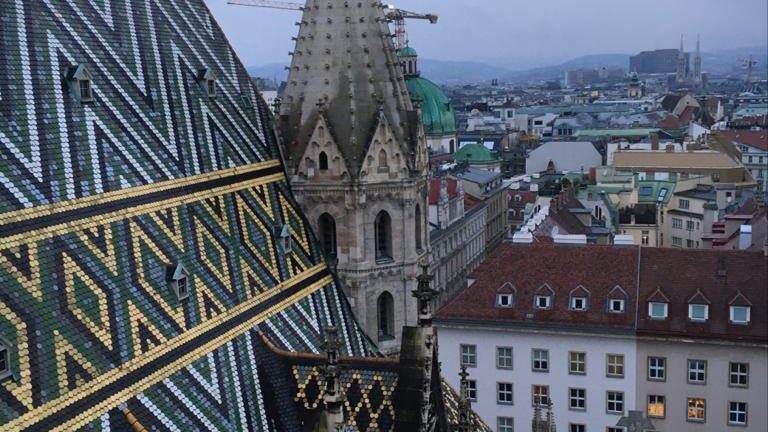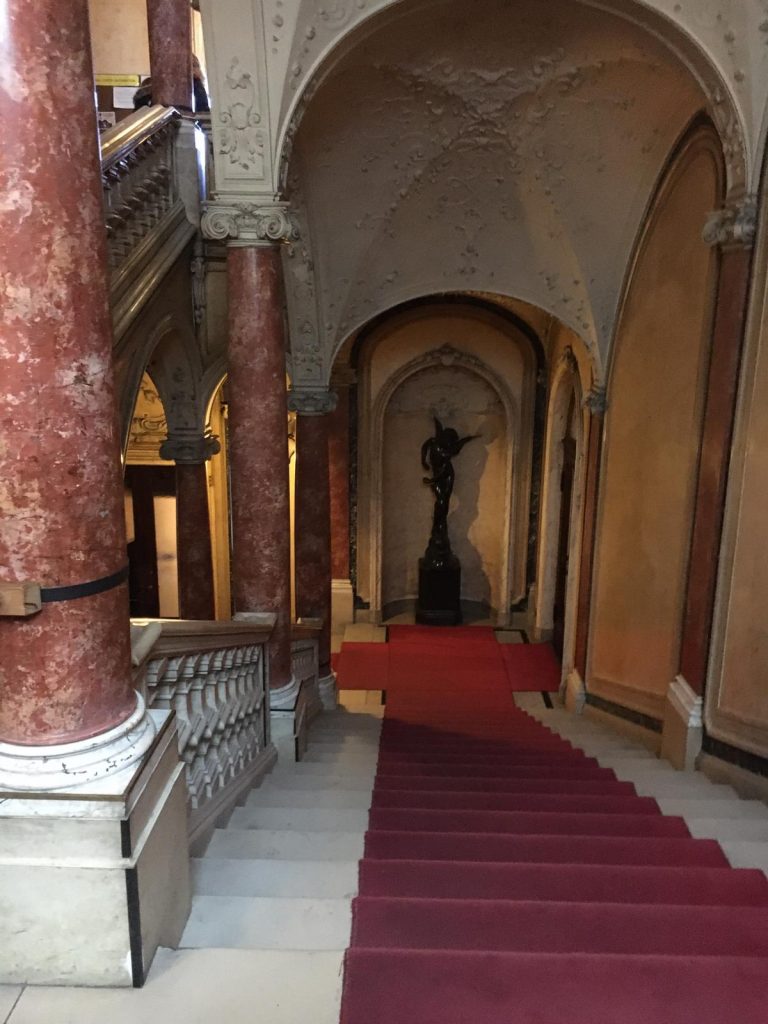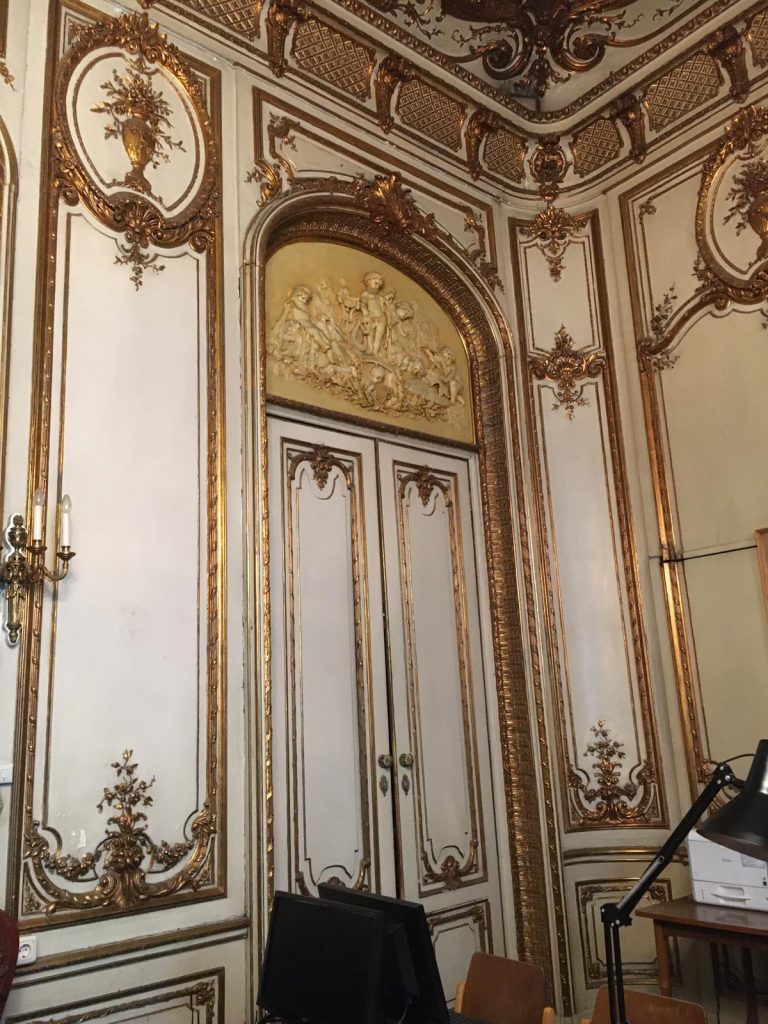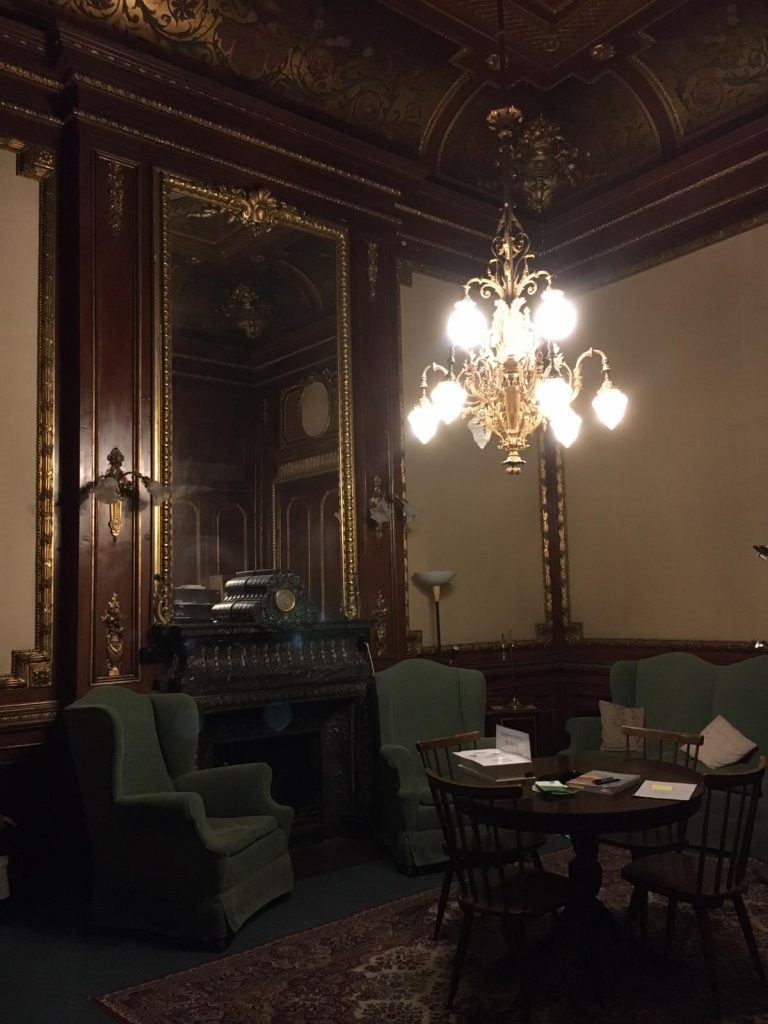Here I sit, listening to the album “The Thumper” by saxophonist Jimmy Heath. He died today [January 19th, 2020] at the age of 93. An inevitable moment in time does not make it any less tragic, and the jazz community really lost a great one today. Jimmy Heath brought an energetic sound to the Bebop era and continued to influence the generations that followed. Heath played with giants like Miles Davis, John Coltrane, Freddie Hubbard, and even Red Garland (some of my absolute favorites.) Please go check some of these records out if you are not hip to Heath. In other news…
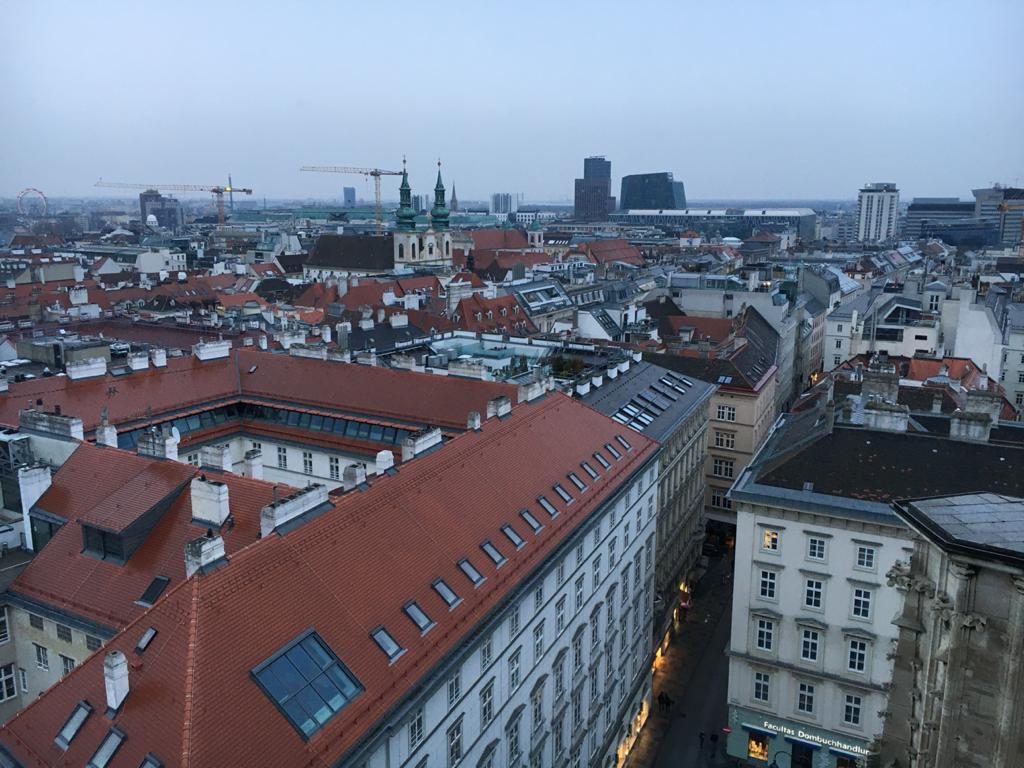
Today marks one full week and some days of being in Vienna, Austria, and living here has been extremely surreal. It seems like a dream painted by Dali that has been translated into a piece of music being played on a grand piano that sits in an evolving historical matrix. The buildings stand tall, and each of them tells their own long-winded story. Murals and beautiful architecture combine with a cold winter air to bring tears of joy to my eyes. The roots of Vienna, aka Wien in German, lie deep in early Celtic and Roman settlements, and traces of this can be seen in the perfectly carved details found above and below my feet. The first behemoth that stole my heart was the Vienna State Opera House, or Wiener Staatoper. Surprise, surprise. I hope to get an internship placement in this very Konzerthaus once internship interviews roll around!
Here we go with a little Vienna 101: Less about me, more about this amazing place.
The city of Vienna has a population of about 1.8 million people, and is distributed into 23 districts or Bezirke. It was ranked the most liveable city in the world for the 11th year in a row this year, and getting a taste of the social systems gives me a great notion of why that is. The socio-economic pulse of Vienna is kept beating by a strong infrastructure, economic strength, very well developed market access and, of course, a high quality of living. Historically, Vienna served as an extremely important center for trade and open markets which is why it became such a hub for so many different countries. This translated into the strong service market that we can see today. The industrial sector is not as much of a focus compared to the service sector which draws a lot of attention from foreign enterprises, allowing Vienna to be a hub for technology, start-ups, and of course, international tourism. Business is booming day and night here in the city, and public transportation (U-Bahn, Tram system, and public buses) allows everybody to be exactly where they need to when they need to. The majority of the Austrian population depends on public transportation, and after riding the U-Bahn around the different districts, I understand why this is such an important system here. On and off in minutes! This has definitely been something really new to me, and I am having a blast with it. You can buy daily, weekly, monthly, or even yearly passes for public transportation or öffentliche Verkehrsmittel. Say it with me folks!
The tickets are based on the honor system: every once in a while there are Wiener Linien officers that check if you have a ticket or not, but this is somewhat rare. It is worth it to buy the weekly pass than to deal with paranoia and the risk of a high fine. This is just one example of a manifested concept that embodies efficiency and with it, I’ll never be late again unless I hop on the U3 instead of the U4 and end up in Simmering instead of Karlsplatz. Oh wait, was it Stephensplatz? Wasn’t my school in Johannesgasse…? That’s not even on the map.
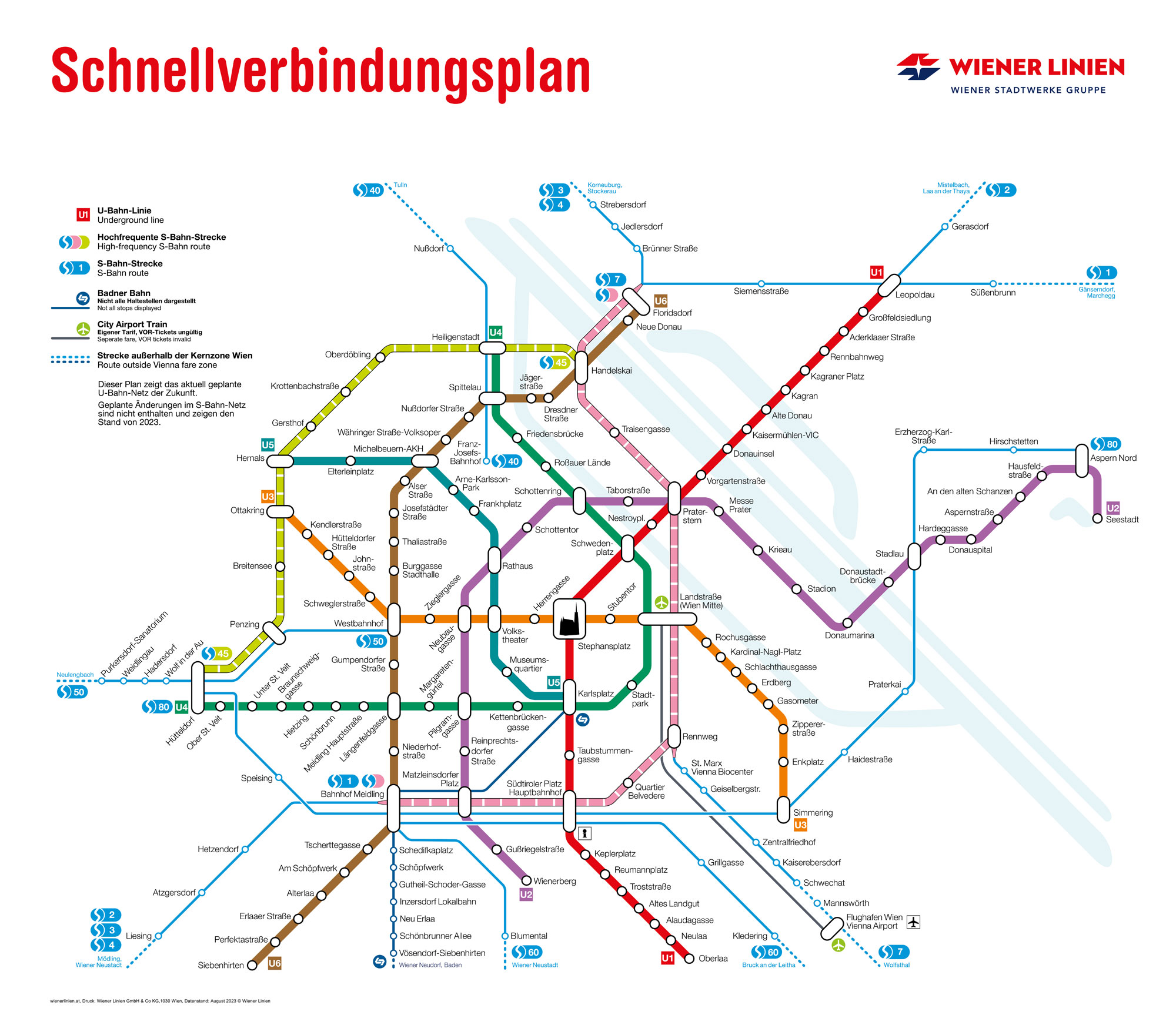
As for the buildings, oh man.
I am currently housed in the Hinteregger Apartments in the 6th district (Mariahilf) which were constructed in the 19th century, while my classes take place in the Palais Corbelli in the 1st district (Innere Stadt). Yes, it is a literal palace. There are a total of 14 palaces here in Vienna, and I am fortunate enough to be receiving my classes in one of them! The city is an artistic epicenter holding many beautiful churches such as the Stephansdom, museums such as the National Collection of Musical Instruments and the Industrial Armory, musical milestones such as Mozart’s apartment and a killer jazz club called ZWE, a breathtaking Nationalbibliotek, and of course, coffee shops on coffee shops on coffeeshops. Check out these pictures of where I study!
SHAMELESS PLUG FOR IES, 10/10 WOULD RECOMMEND.
Vienna is a German-speaking country so yes, ich lerne Deustch. If there are random German phrases or words scattered throughout the blog, I am assimilating. IES gives its students free access to the Rosetta Stone long before our program dates begin so I took advantage of this program for 4 months. This was a MOVE. The language is very guttural and rebellious to the rules that we know and love, but it is definitely one of the challenges that will keep me on my toes. Our program director told us that we came to Vienna for many things, and the challenge was one of them. I didn’t really battle with the jet lag and I haven’t experienced too much cultural shock, but it still doesn’t feel real. I still find myself in a weird mindset where it feels like a vacation, but I am all moved in. I see all of my friends back at Hope doing back at Hope stuff, and I am in a brand new place. The art, the culture, the systems, and the people. It is all pulling me out of this liminal space between Holland, Michigan, and my current home in Vienna, and I am definitely enjoying the ride.


